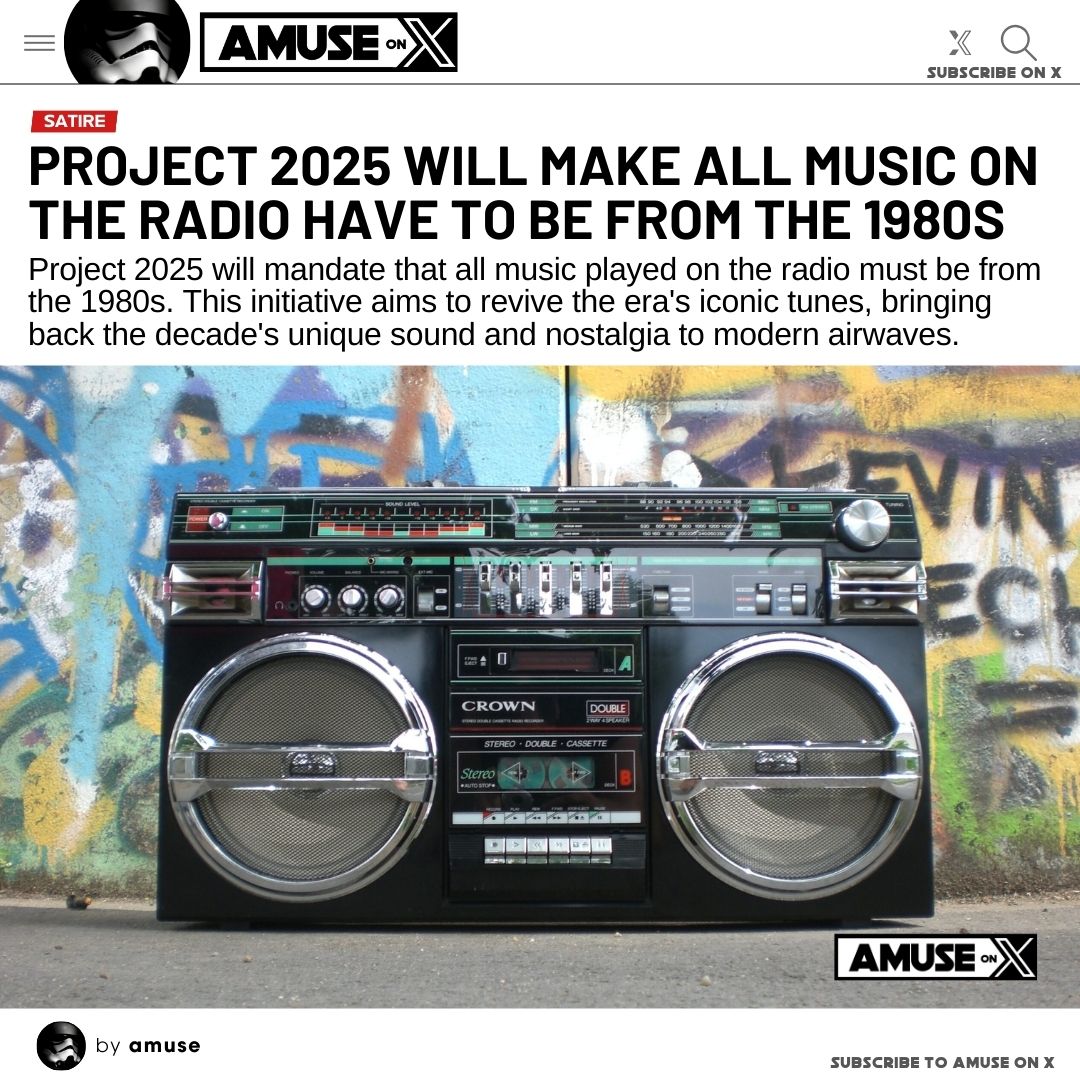TSA WEAPONIZATION🧵: Bombshell reporting by @tracybeanz and @wmahoney5 reveals that a TSA whistleblower informed @LaboscoSonya, Executive Director of the Air Marshal National Council, that Tulsi Gabbard is actively under surveillance via the TSA's Quiet Skies Program.

TSA WEAPONIZATION🧵: If the TSA whistleblower's report is accurate and the Biden admin has weaponized the Quiet Skies Program against a former member of Congress and presidential candidate, the next question should be: Which other political enemies is the president monitoring?

TSA WEAPONIZATION🧵: @UncoverDC - Federal Air Marshal Whistleblowers Report Tulsi Gabbard Actively Under Surveillance via Quiet Skies Program.
uncoverdc.com/2024/08/04/fam…
uncoverdc.com/2024/08/04/fam…
TSA WEAPONIZATION🧵: @tracybeanz thread:
https://x.com/tracybeanz/status/1820207256975089938
@tracybeanz Biden weaponized the TSA against Tulsi…
• • •
Missing some Tweet in this thread? You can try to
force a refresh












